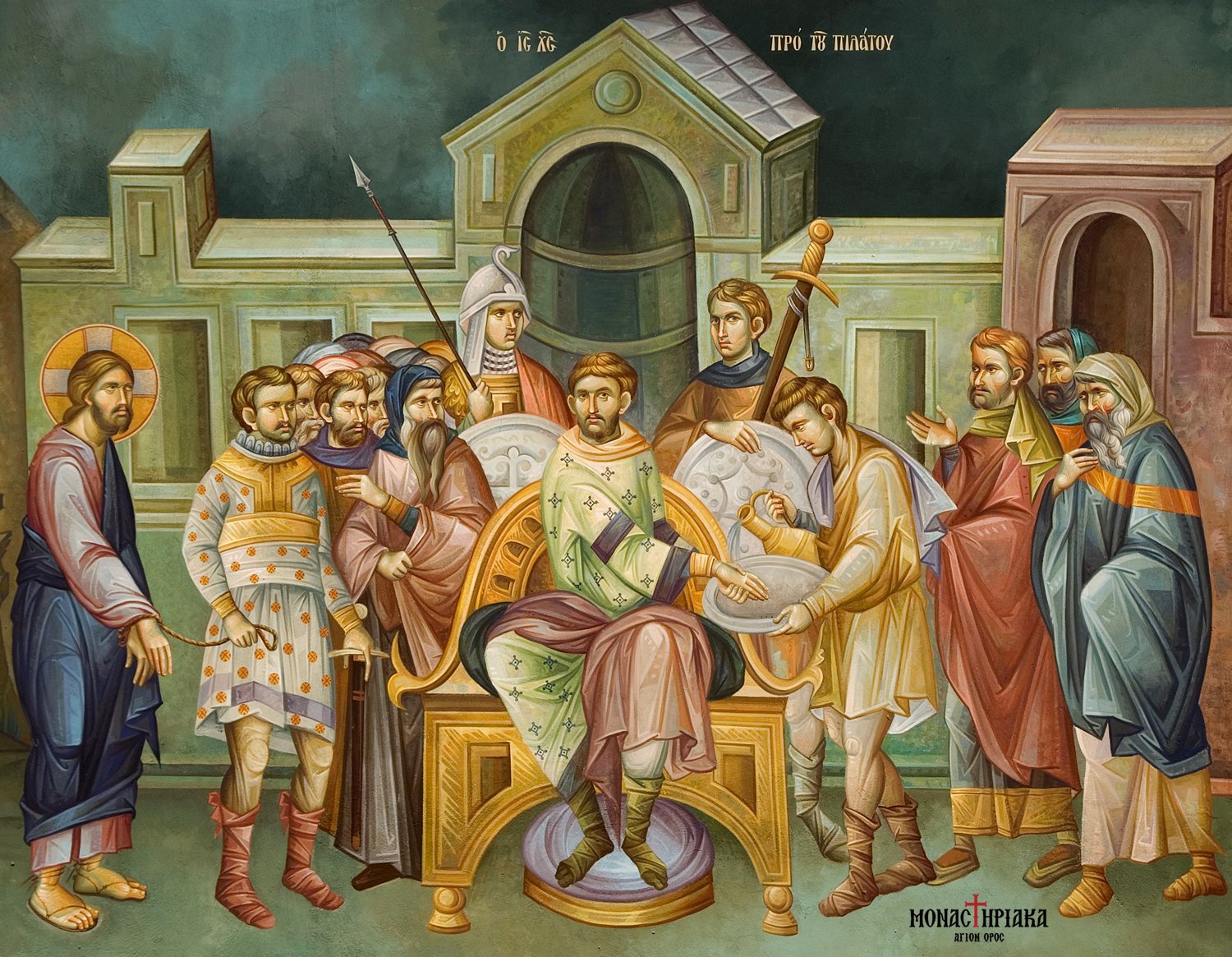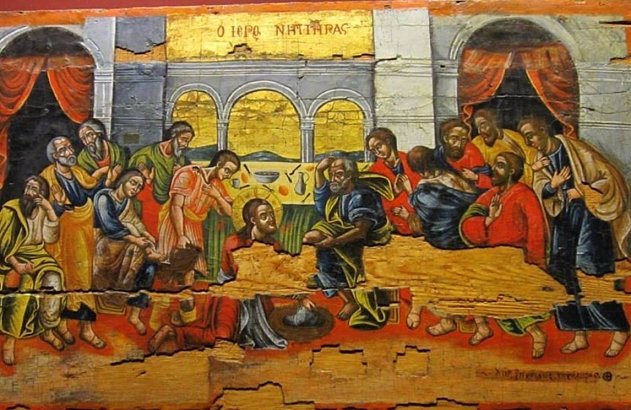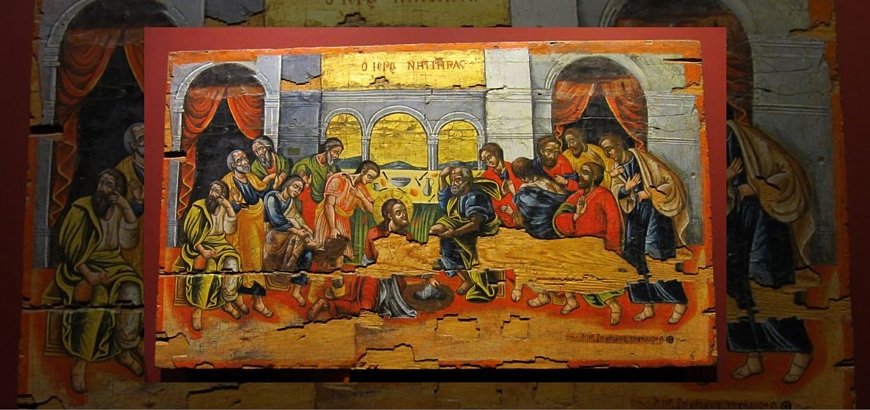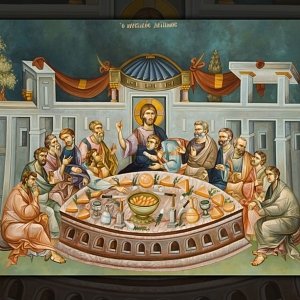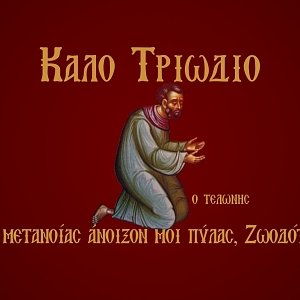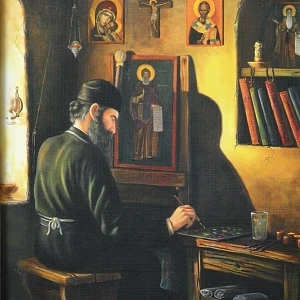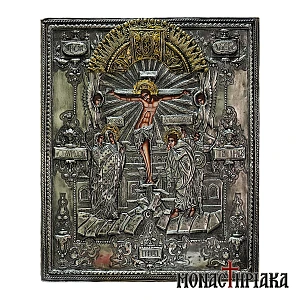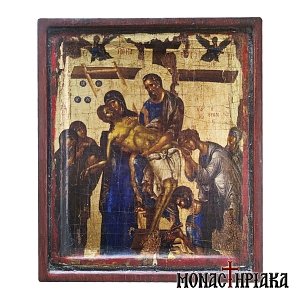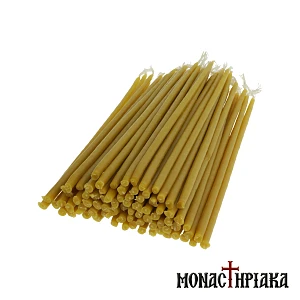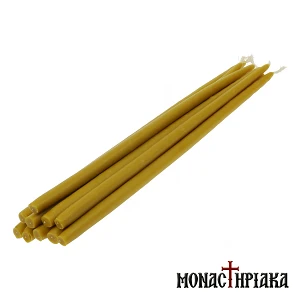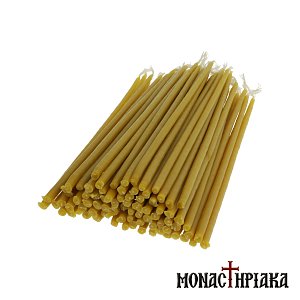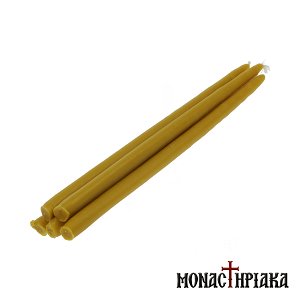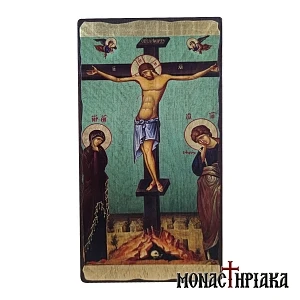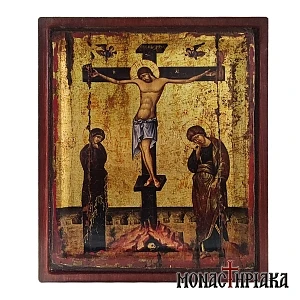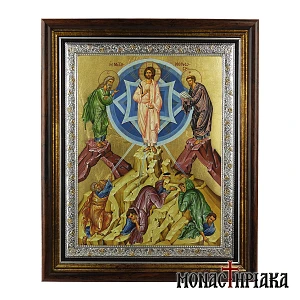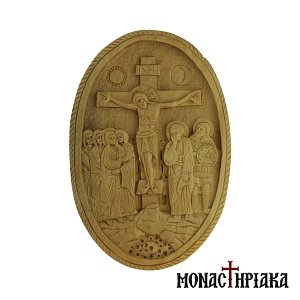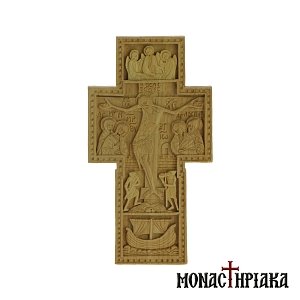The symbolism of Holy Thursday
Holy Thursday is the fifth day of the Holy Week. It is also called Maundy Thursday from the latin word ‘mandatum’ which symbolizes the words of Jesus Christ ‘I give you a new commandment’.
Throughout the Holy Week, the faithful attend the unfolding of the Divine Drama in the churches. Maundy Thursday constitutes the most dramatic day of this week, marked by four significant events.
The event of the Washing of the Disciples’ Feet
Initially, the event of the Washing of the Feet describes the ablution of the feet of the Twelve Apostles by Jesus Christ.
Before the Last Supper began, the Lord removed His outer garments and, filling water into the washbasin, washed His disciples’ feet. With this act, He intended to convey to them the message of humility, saying: “If anyone desires to be first, he shall be last of all and servant of all.” (Matthew Gospel, chapter 20,25).
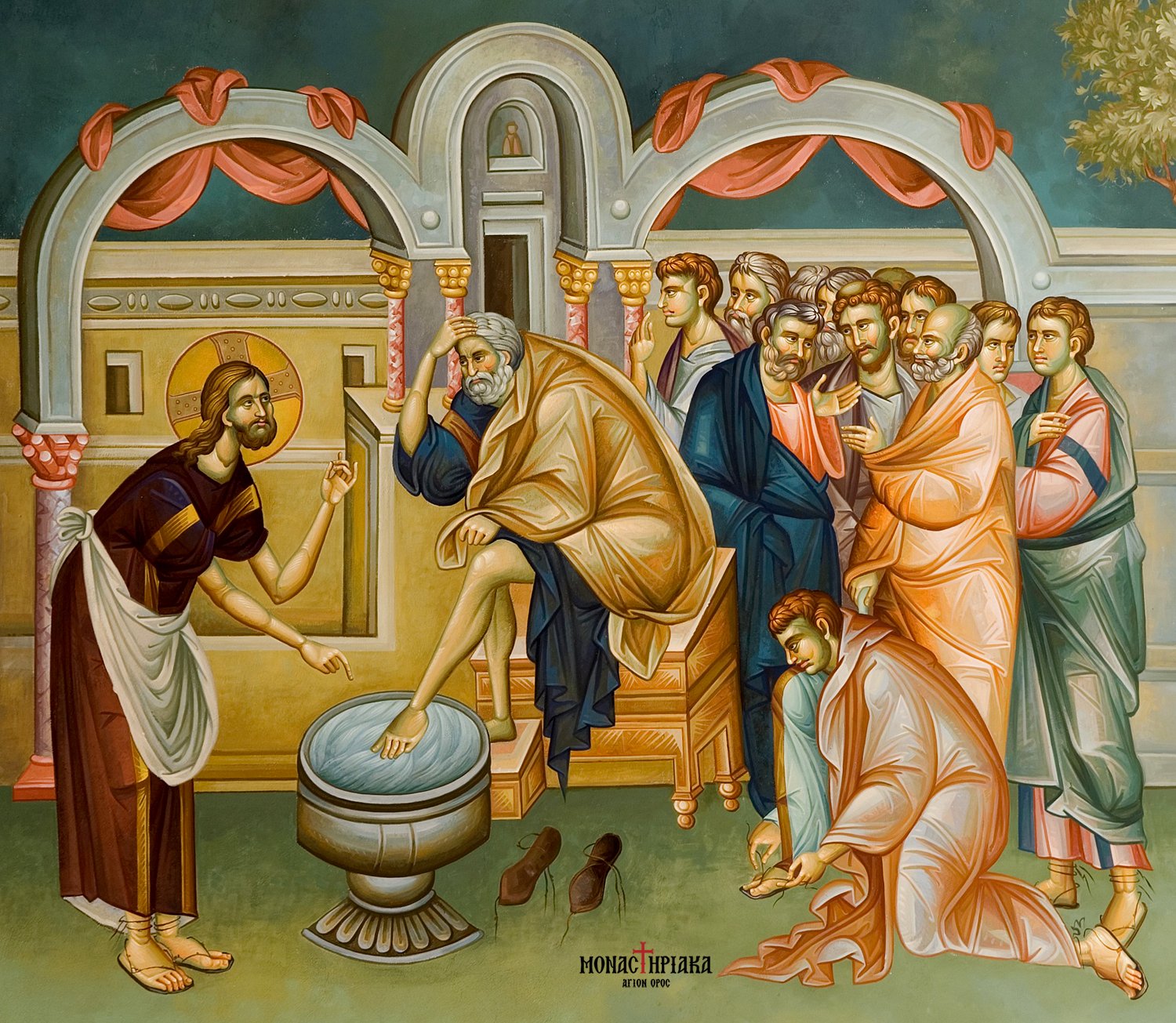
The event of the Last Supper
During the Last Supper, the Lord advised His disciples to feel love for each other and not to be concerned about who would be first.
While they were eating, Jesus Christ said a thanksgiving prayer, took bread, and broke it into pieces. Then He gave it to His disciples saying, “Take, eat, this is my body” (Matthew Gospel, chapter 26,26).
Then, He took the cup with wine, and after saying a thanksgiving prayer, He gave it to them saying,“Drink from it, all of you, For this is My blood of the new covenant, which is shed for many for the remission of sins” (Matthew Gospel, chapter 26,27-28).
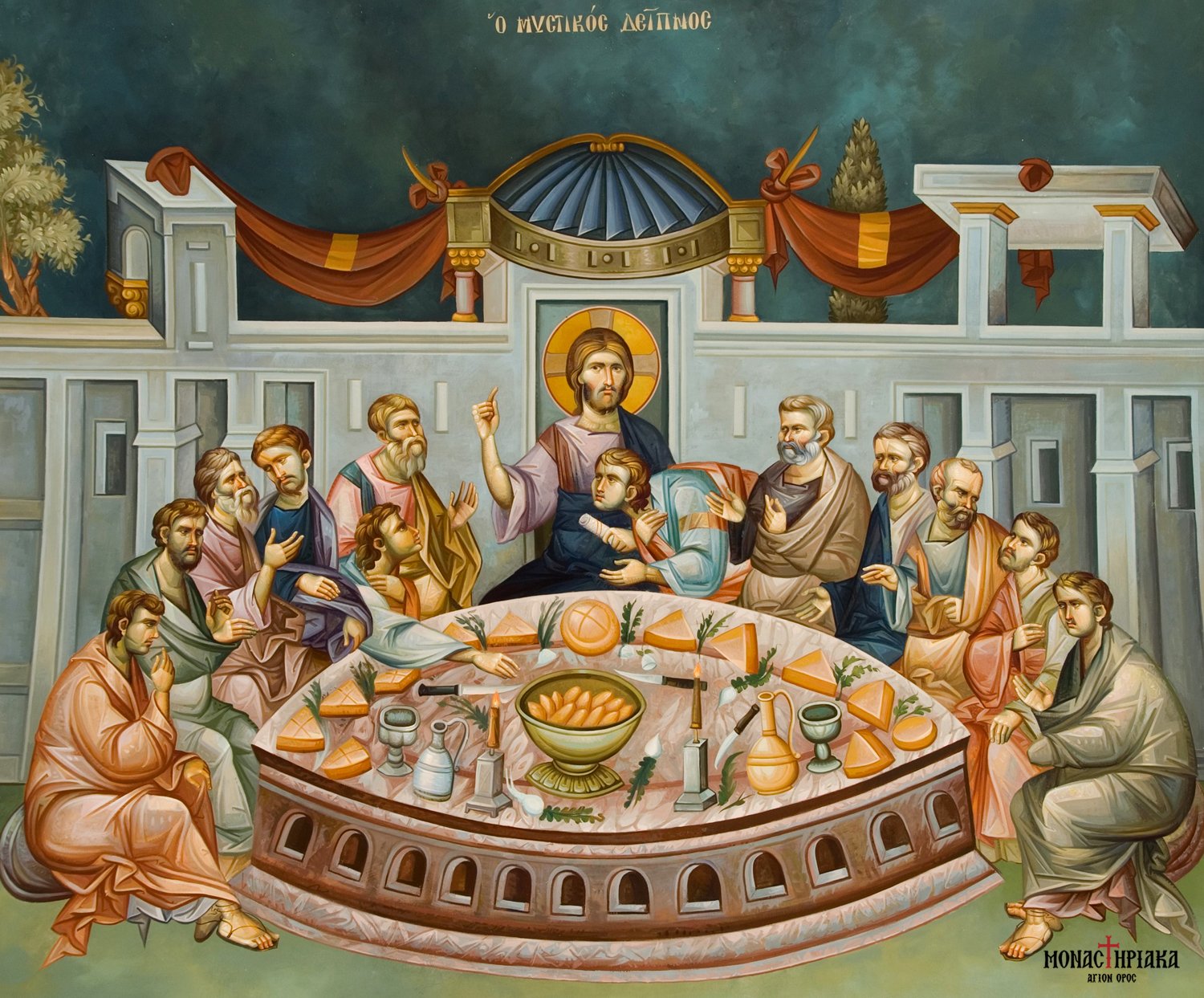
Here you can find icons with the Last Supper.
The institution of the Sacrament of the Holy Eucharist
With these acts, the God-man imparted to His disciples the Sacrament of the Holy Communion, which is celebrated in our Church through the Divine Liturgy.
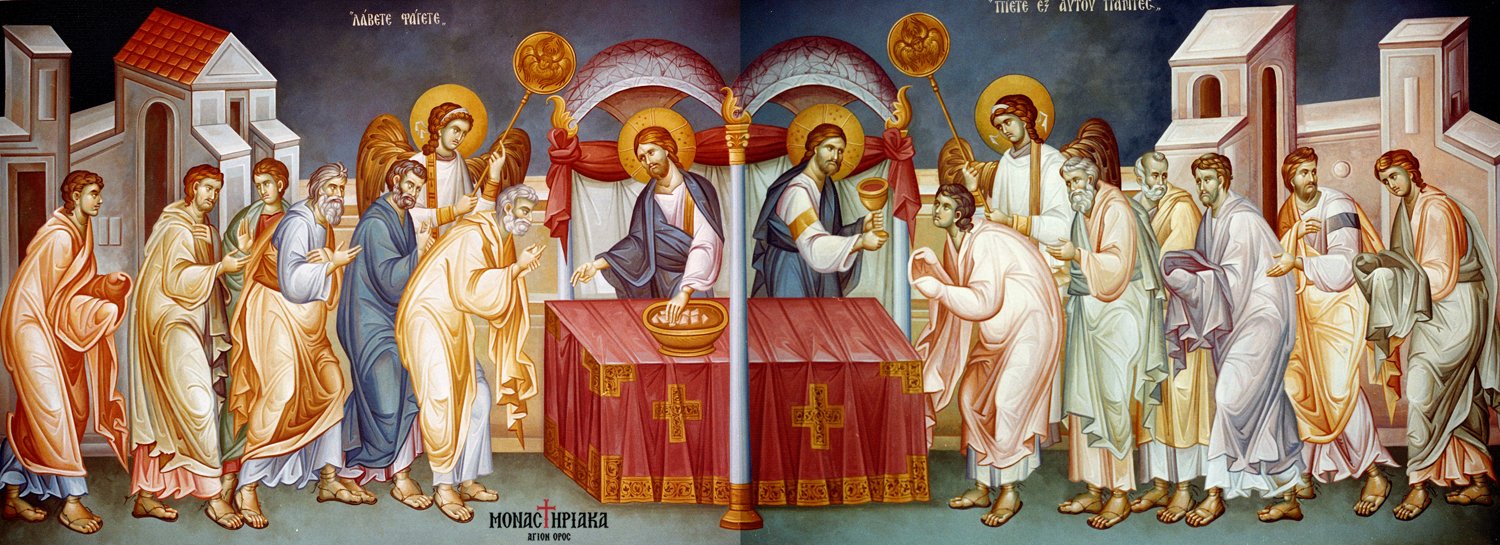
The event of the Agony in the Garden of Gethsemane
After the Last Supper and shortly before the Lord's arrest, the event of the Jesus Christ’s Prayer unfolded, in which the Lord prayed to his Father.
On the Mount of Olives, Jesus Christ delivered his final teaching to His disciples. As soon as He finished His teaching, He withdrew and went to pray in the Garden of Gethsemane.
Praying to God, the Lord said: “O My Father, if this cup cannot pass away from Me unless I drink it, Your will be done.” (Matthew Gospel, chapter 26,42).
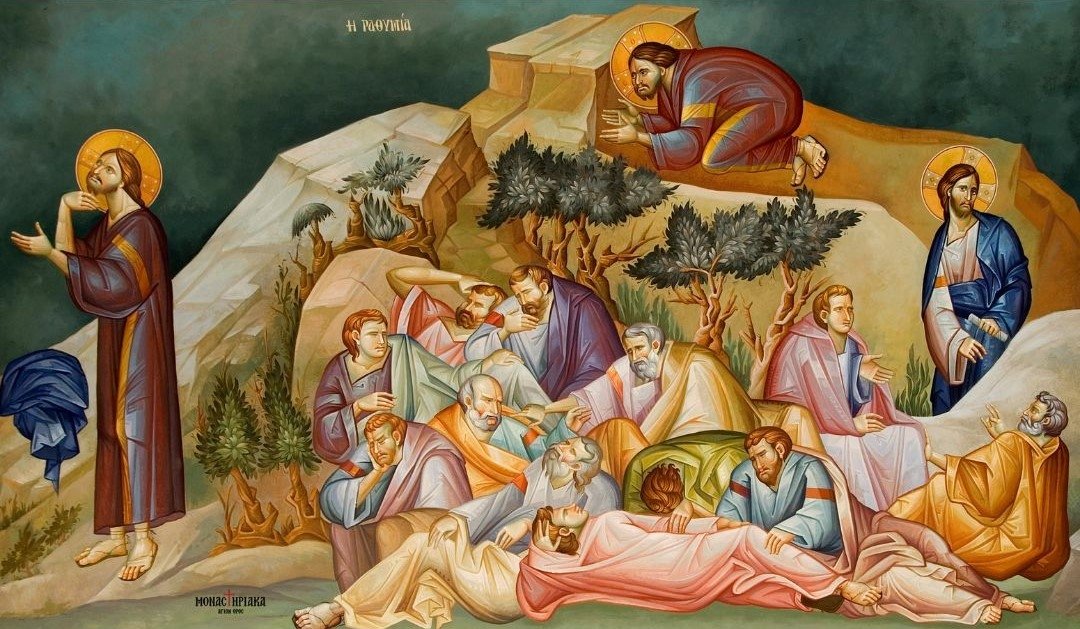
The event of the Betrayal
With the completion of the prayer of Jesus Christ, Judas arrived at this point, accompanied by Roman soldiers, intending to betray Him.
In the event of the Betrayal, Judas handed over the Lord to the soldiers, indicating him with a kiss.
During his arrest, the Lord was defenseless. The soldiers consigned Jesus Christ to the High Priests Anna and Caiaphas, who judged him guilty for confessing that he is the Messiah. Thus, the beginning of the Lord's Passion was marked.
Here you can find icons with the Crucifixion of Jesus Christ.
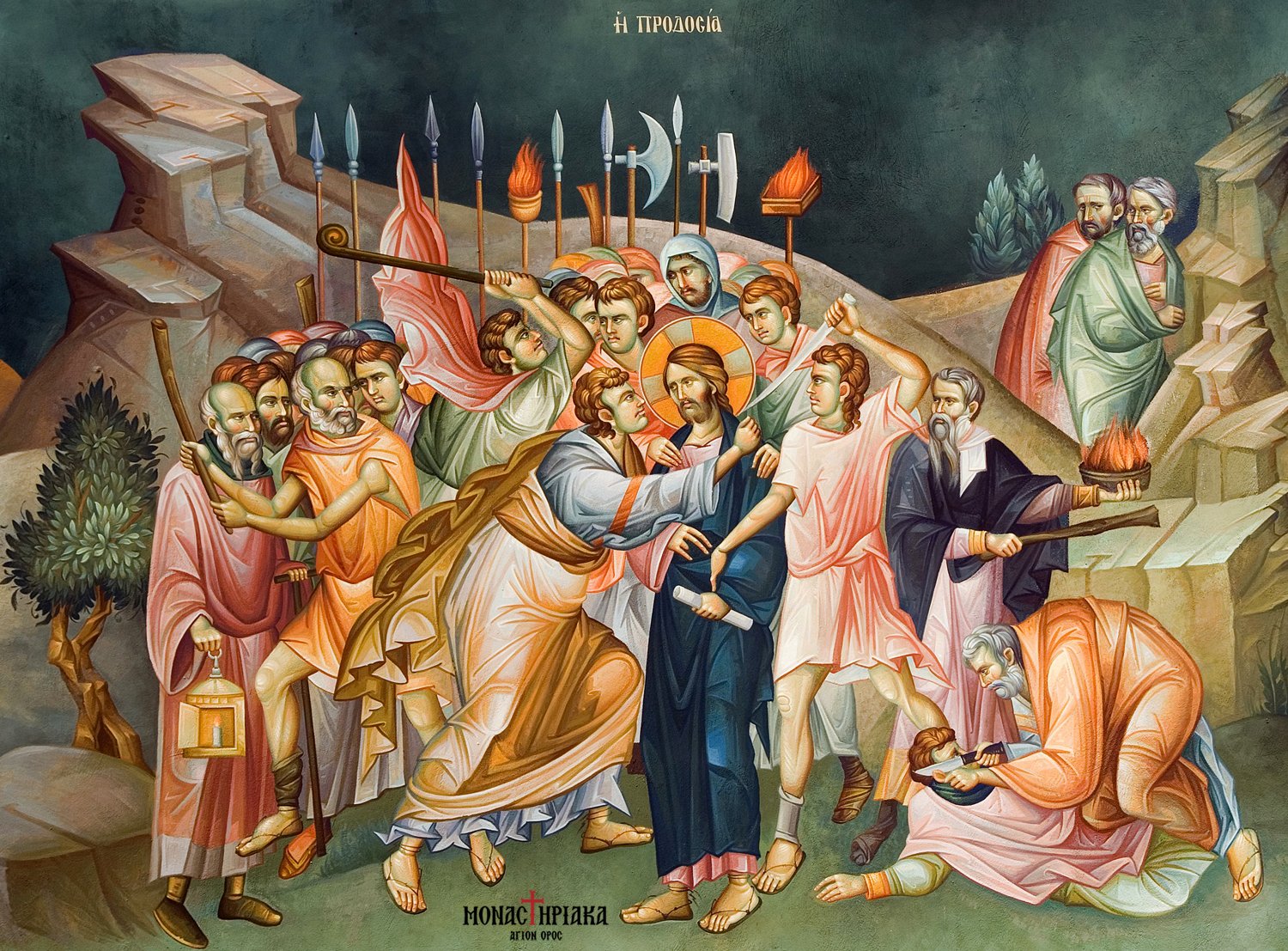
The Gospels of Maundy Thursday
The twelve Gospels essentially refer to the 12 Gospel Passages that are read on Maundy Thursday. In reality, the Gospels of the New Testament are four, which correspond to the four Evangelists of our Church.
The four Evangelists, Matthew, Mark, Luke, and John, describe in the twelve quotations the journey of Jesus Christ to Calvary, starting from the Washing of the Feet to His Crucifixion.
The Services of Maundy Thursday in the Church
On Maundy Thursday, in all Orthodox Churches of the country, the bells toll mournfully.
In the morning of Maundy Thursday, the Vespers of Good Friday and the Liturgy of Saint Basil the Great are celebrated. On the same evening, the faithful attend the Matins of Good Friday, depicting the journey to the Crucifixion, followed by the reading of the Twelve Gospel passages.
The 12 Gospels of Maundy Thursday
-First Gospel: The prediction of Peter's denial.
-Second Gospel: The betrayal and arrest of Jesus Christ.
-Third Gospel: Peter renounces Jesus Christ.
-Fourth Gospel: Jesus Christ in front of Pilate.
-Fifth Gospel: The death of Judas.
-Sixth Gospel: The soldiers mock the Lord.
-Seventh Gospel: The crucifixion of Jesus Christ.
-Eighth Gospel: The death of Jesus Christ.
-Ninth Gospel: A soldier pierces with the spear the side of the Lord.
-Tenth Gospel: The burial of Jesus Christ.
-Eleventh Gospel: The entombment of Jesus Christ.
-Twelfth Gospel: The guarding of the tomb.
